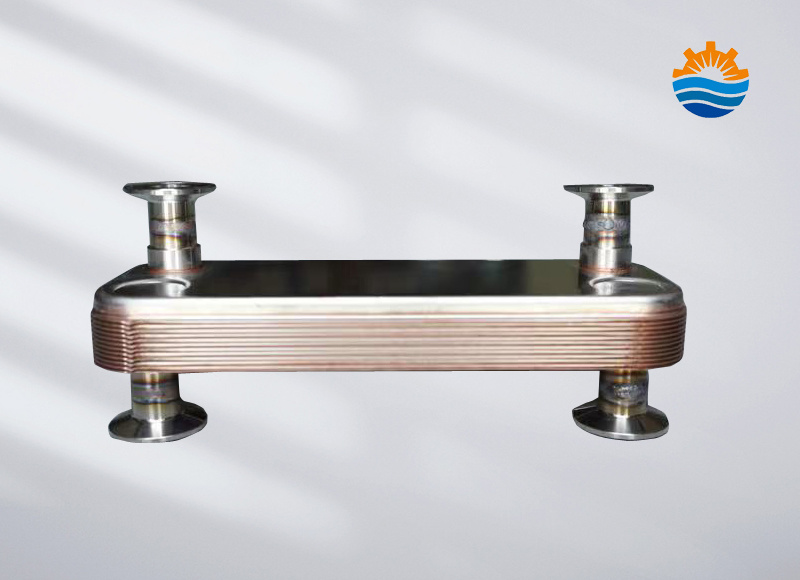The outstanding performance and advantages of plate heat exchangers in heat exchange equipment
Publication Time:
20 Mar,2023
Plate heat exchanger It is a common heat exchange equipment, and its practicality and importance are very significant. It is mainly used to transfer heat from one fluid to another without changing the original fluid properties. Its structure is different from that of traditional heat exchangers. It consists of a set of plates, usually stainless steel or other high-performance metal materials. Each plate has a set of fluid pipes, so its performance is more stable.

Plate heat exchangers have many advantages, one of which is their high efficiency and reliability. Due to its plate design, it can effectively transfer heat from one fluid to another without changing their properties, thus saving a lot of energy. In addition, plate heat exchangers also have the advantages of small size, light weight, easy installation, and convenient maintenance, so they are widely used in many industries.
Another important advantage of plate heat exchangers is their safety. Due to its structural characteristics, its shell is stronger and not easily damaged by external forces, so it can protect the fluid inside the heat exchanger from contamination. In addition, the pipe design of the plate heat exchanger can effectively reduce the temperature of the fluid, avoiding overheating, and more effectively protecting the safety of the heat exchanger.
Plate heat exchangers are indispensable heat exchange equipment in our daily lives. They can provide us with more energy-saving and reliable heat exchange services, thus bringing more practical value to our lives.
Plate heat exchanger It is a heat exchange device that can effectively transfer heat energy from one fluid to another. It has superior performance, with advantages such as energy saving, no pollution, low noise, compact structure, uniform heat exchange, and high reliability. Therefore, it has been widely used and greatly improved production efficiency in cooling and heating processes.
The working principle of a plate heat exchanger is to utilize the interaction between cold and hot fluids in the shell and the heat exchange between the plates to transfer heat energy from one fluid to another. The heat exchange area of the plate heat exchanger can be adjusted, and its heat exchange efficiency and heat exchange capacity can be adjusted by increasing or decreasing the plates. In addition, when the temperature of the heat source changes, the heat exchange capacity can also be adjusted by changing the arrangement of the plates, changing the flow rate, or adding other heat exchangers.
Plate heat exchangers have a wide range of applications and can be used in building electromechanical, thermal power generation, petrochemical, metallurgical machinery, refrigeration, heating, and other industries. For example, it can be used in steam condensers, steam reheaters, hot water systems, and steam heating systems. At the same time, it can also be used as a liquid cooler, oil pressure cooler, etc., to cool mechanical equipment, discharge high-temperature flue gas or waste gas containing toxic substances.
In summary, the excellent performance and advantages of plate heat exchangers have led to their wide application in temperature control and heat recovery. Many industries use plate heat exchangers, which can greatly improve production efficiency, save energy, reduce pollution, and protect the environment.
Plate heat exchanger
More information




 09 May,2025
09 May,2025

